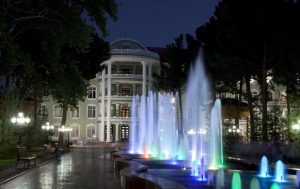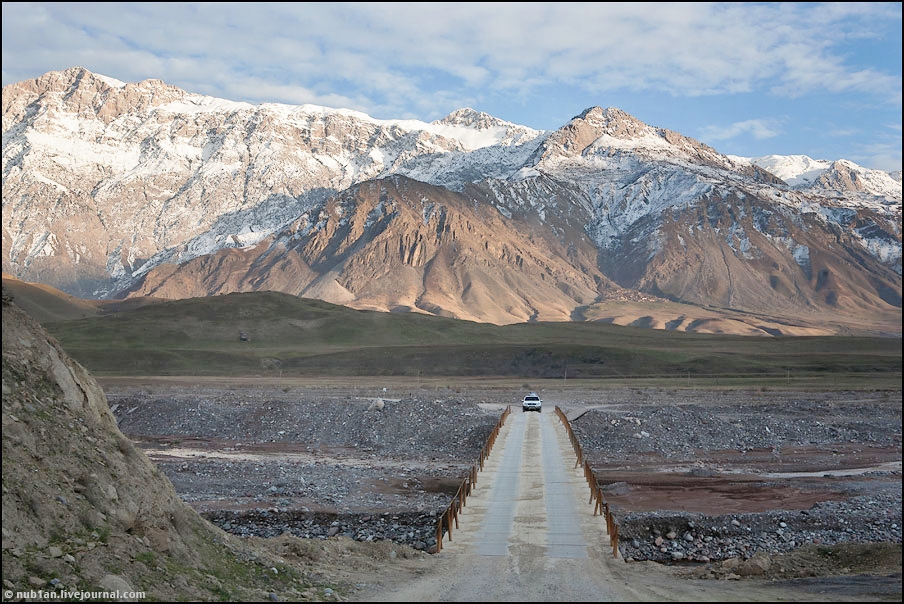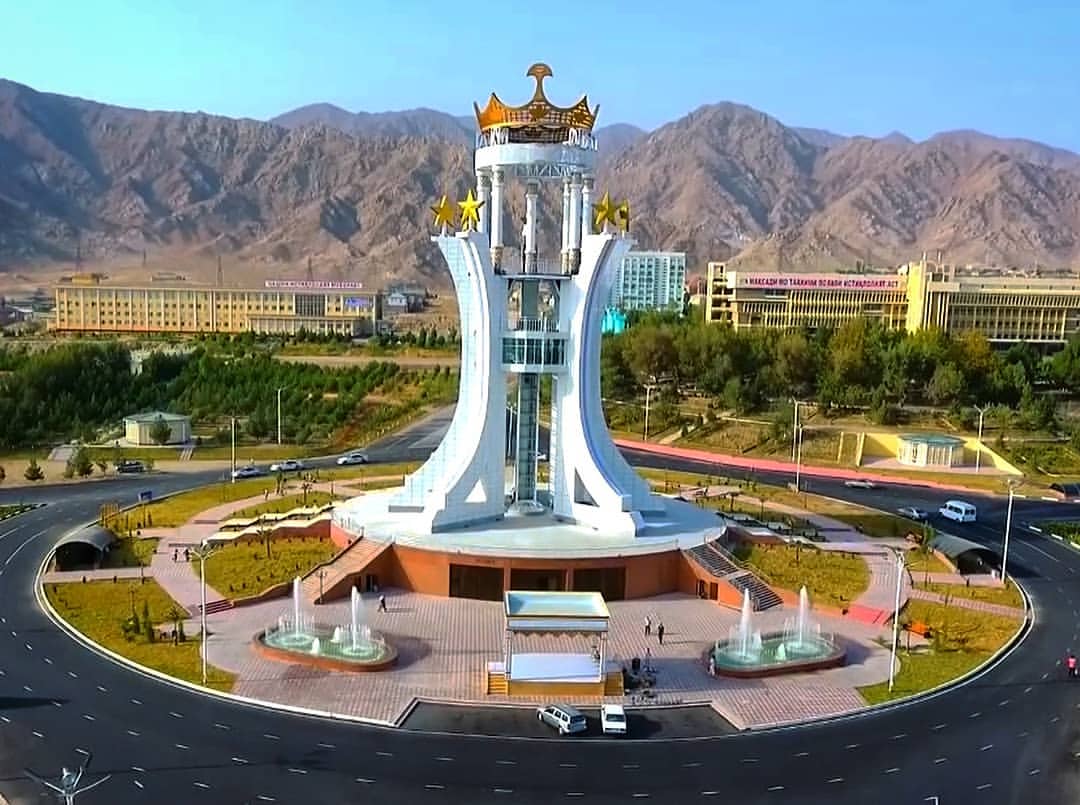This a saying about Bartang, which is popular in the Pamir refers to the unique nature, location, and culture of the people of remote Bartang valley in Rushon district of the GBAO. Geographically, the narrow valley starts from Rushon and widens in its upper part reaching the Eastern Pamir. The road to the Bartang valley diverges from the Pamir Highway at the Vamar Razvilka (junction) and heads to the valley. The Bartang River flows through the valley.

The Nature of Bartang Valley
Bartang is one of those destinations where both local and international travellers, scientists and lovers of adventures and nature can enjoy, traditional ways of living, marvelous views of nature, landscapes, sincerity and hospitality of the people. Geographically the valley can be divided into two parts, the lower, and the upper. Villages in the lower part of the Bartang are located on the narrow shores of the river while the valley widens in the upper part with vast steps and villages. There are sharp differences in the weather and nature, between the two parts of the valley. The nature and climate in the lower part of the Bartang allow v to grow mulberry, nut, apricot, apple, and other kinds of fruits.
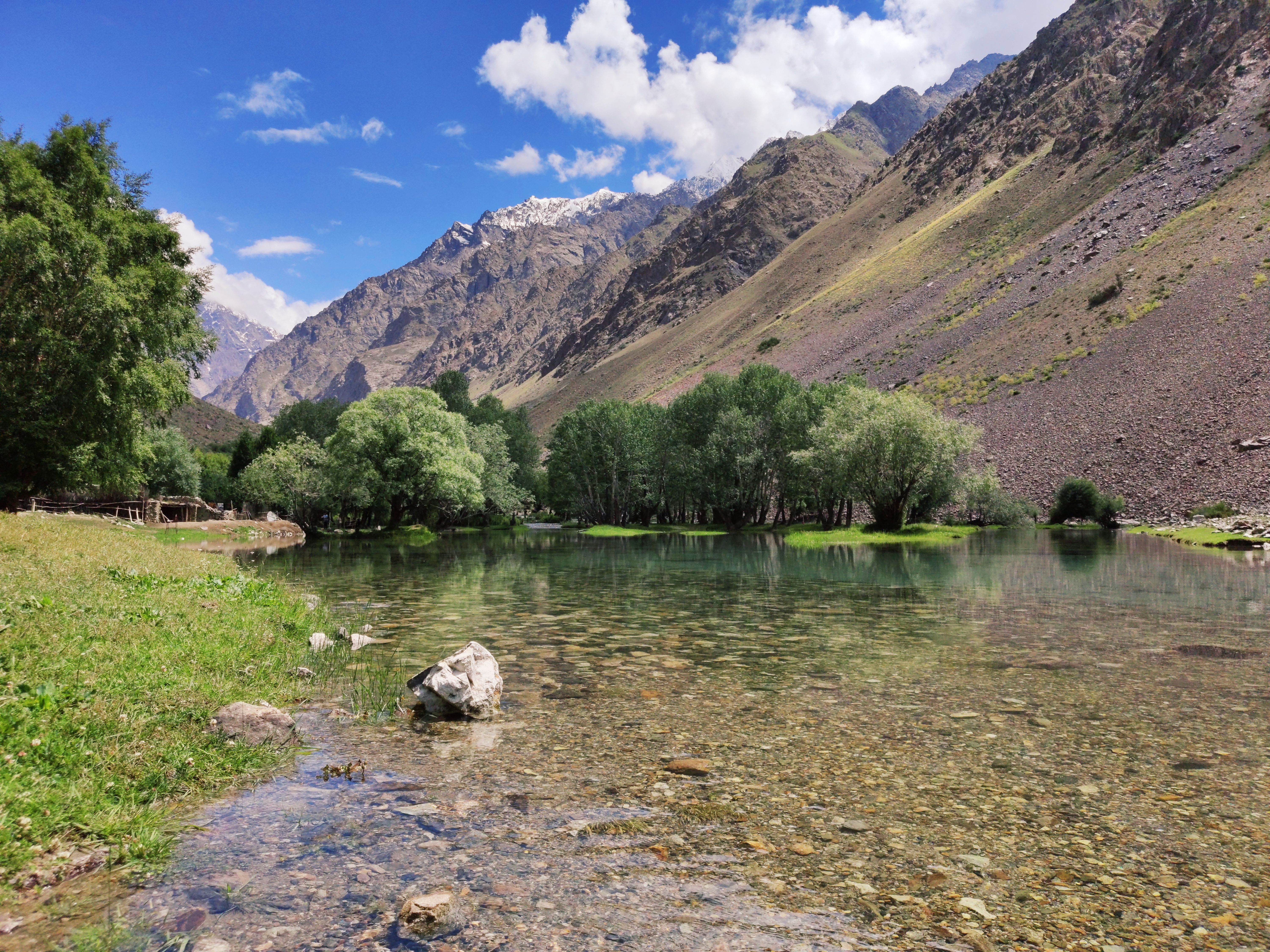
Touristic Attractions in Bartang Valley
The remote Bartang valley has become one of the attractive touristic destinations with the numbers of the shrines, petroglyphs, lakes, and streams. The small village of Jizev, is considered as one of the most attractive natural destinations for the tourist. People live in Jizew without access to electricity and automobile road, in harmony with beautiful nature, crystal clear lakes, and surround trees.
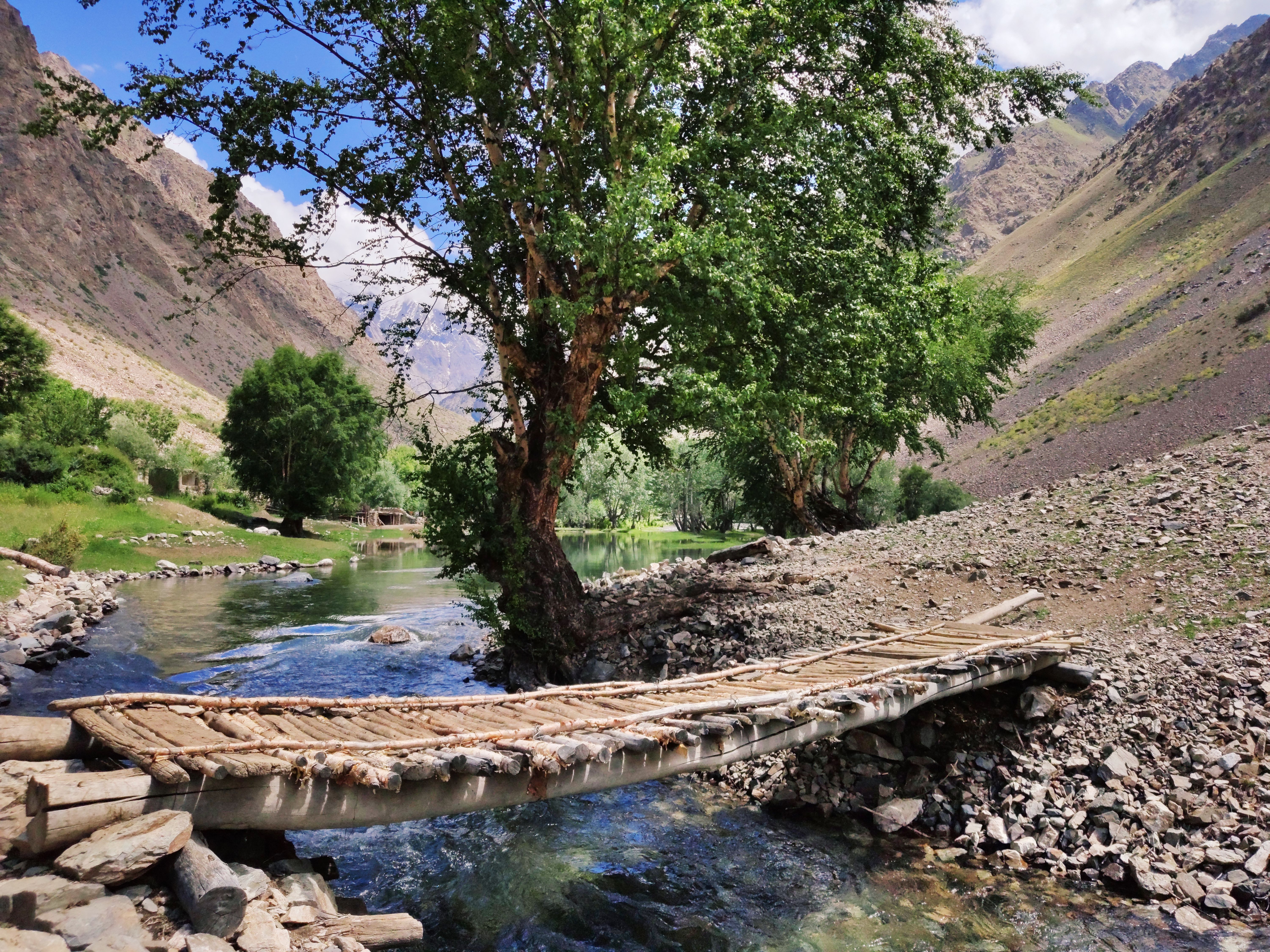
Various forms of shrines and other sacred places exist in Bartang valley. Some of the shrines are just a collection of round stones, laid over each other on the top of a flat stone, others are huge and old juniper trees, and cold springs named after holy figures. The horn of ibex is usually placed in the shrines. There are stones inside some shrines which bear the imprint of the palms and footprint of the holy figure in Islam, Imam Ali. Tourists interested in the culture and history of the Bartang valley would enjoy visiting the shrines near the springs, trees and meadows in almost each of the villages. The ruins of many fortresses in the villages of Roshorv, Nisur and Sawnob suggest how the brave people of the valley defended themselves from the invaders in the past. A usual apple tree that gives fruit twice a year must be seen by the visitors when passing the Nisur village. Reaching the Sponj village at the centre of Bartang visitors can enjoy watching the petroglyph sites in the gorge of Khabarwif. The Khojai Nurriddin shrine perched on the rock above the Basid village attracts visitors walking through the village. The shrine of Khoja Nurridin is covered with beautifully carved wooden beams, placed on the wooden pillars on the open façade.
Gallery
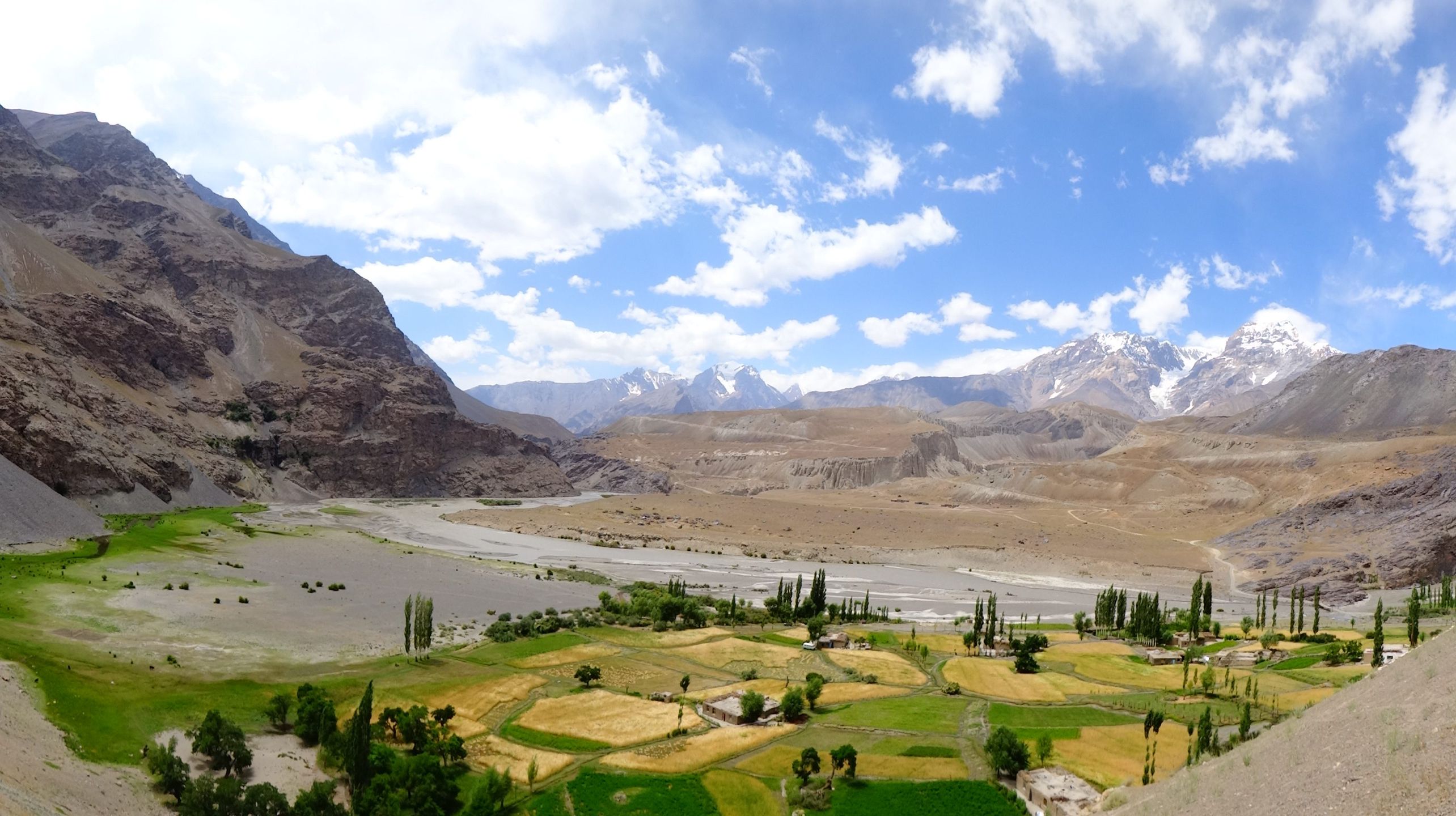
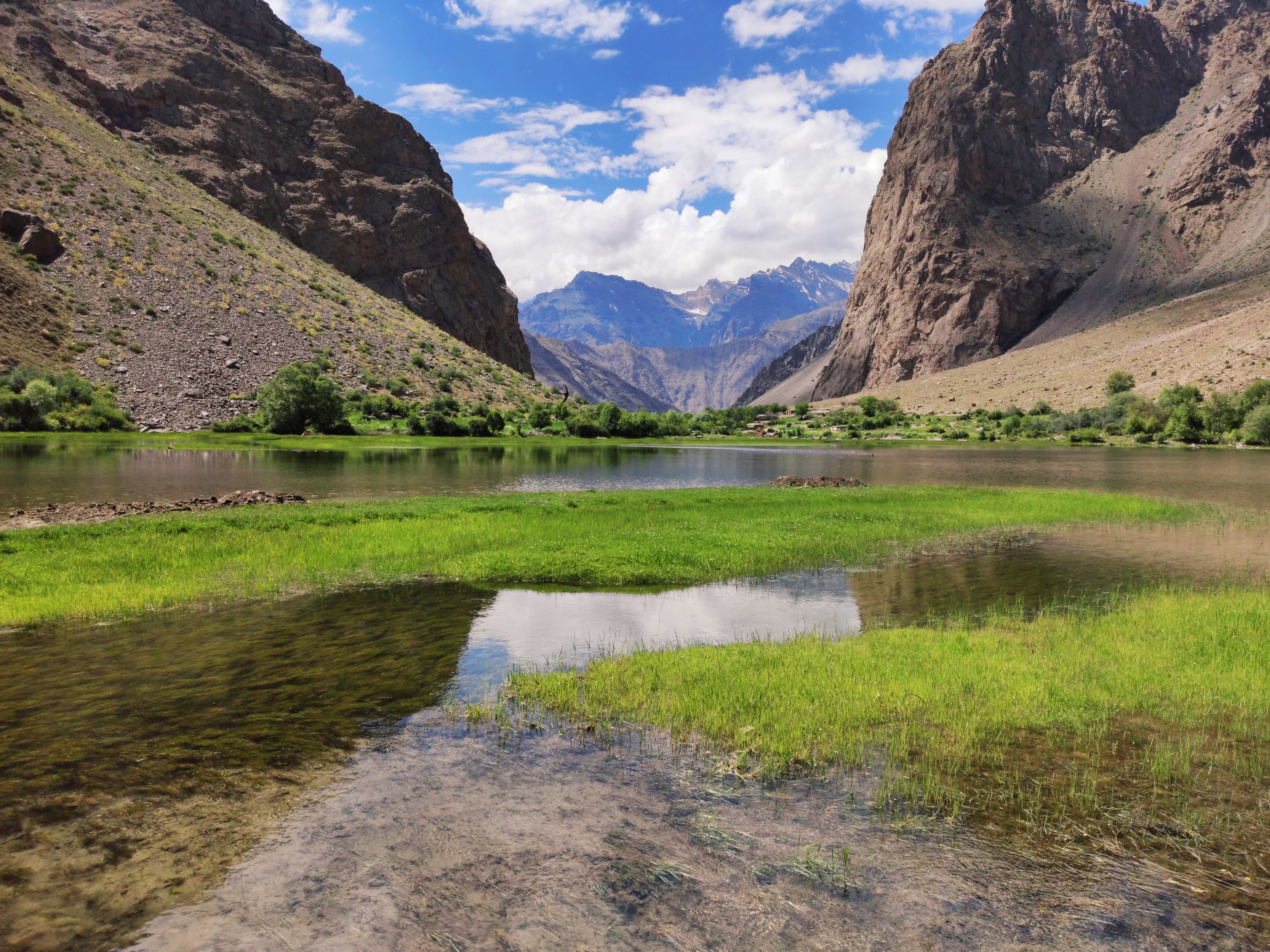



Travelling to the Site
The road connects the valley with the center of the Rushan region in the south. It connects the valley with the Pamir Highway, passing through the Murgab region in the northeast of the Pamirs (GBAO). The road is often closed due to snowfalls, avalanches in winter, rockfalls and mudflows in spring, and flooding of the Bartang River in summer. This is the most dangerous and difficult road in the Pamirs.













